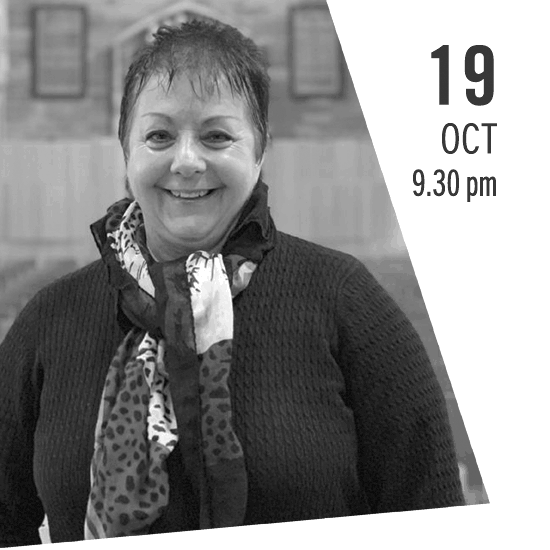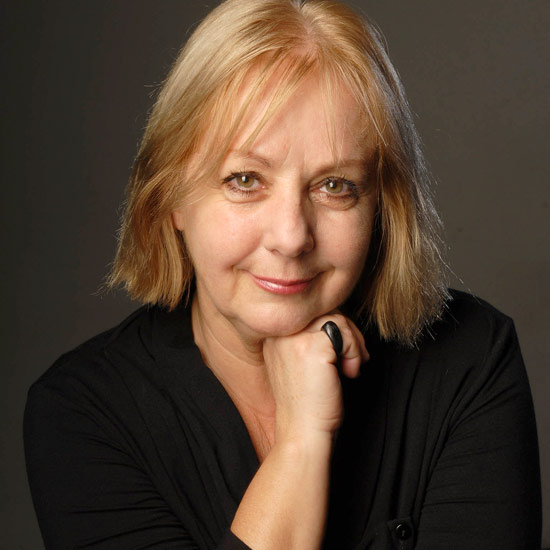 October 19, Thursday, 9.30 pm;
October 19, Thursday, 9.30 pm;
Igreja de São João Evangelista (Colégio) · Funchal;
FROM BACH TO PIAZOLLA
Cristina García Banegas, organ;
The original idea of putting together repertoire combining Piazolla and Bach came from the German organist Andreas Liebig, who invited me to an organ concert with a programme made up exclusively of music by these two composer, for the Tenth Festival Krummhörner Orgelfrühling “Feuer und Wind” on 6 May 2011, in Emden (in the north of Germany). The proposal was tempting, but could present certain difficulties in terms of achieving a combination which in some way created an effect of unity, of empathy, in character tonalities. The project was finally made up of diptychs such as Prelude and Fugue (Tango and/or Fugue, Chorale or Fantasy). It should be remembered that, in 1933, Astor Piazzolla had classes with the Hungarian pianist Béla Wilda, pupil of Rachmaninov, of whom he later said “it was with him that I learnt to love Bach.”
I should also like to mention that fact that Piazzolla – creator of the Nuevo Tango – when he was on the famous beaches of Punta del Esta (Uruguay) used to go and play the harmonium in a chapel, probably to improvise and recreate his own works. In an interview published in the Uruguayan newspaper La República on 6 March 1989 (a special contribution by Raúl Forlán Lamarque and Carlos Peláez), referring to the fact that his music, generally had a religious density, Piazzolla said, “I am very religious, very believing and, as a Pisces, I am a mystic. There was even a time when I wanted to enter the Church, not to be a priest, but to play religious music on the organ. I even wrote a work called Cristo y los ángeles cantores. It so happened that at that time I did not want to be a mere player of tango. I wanted to go further and study organ and buy a harmonium. It was an attack of mysticism.” From my point if view as a performer of the work of Johann Sebastian Bach (“medicine for the soul”), I would like to confirm that I felt attracted to the idea of creating and recreating this “dialogue”, transferring it to an imaginary celestial place at the time when “Piazzolla meets Bach himself”… At the same time, amongst the various ways in which a performer has to recreate a composition, I have felt free in my way of translating these compositions for organ, frequently allowing the eloquence of improvisation in the moment to invade me, just as happened in the live performances of Astor Piazzolla himself. The “Piazzolla meeting Bach” project brings together a marvellous dialogue between musical forms, tonalities, empathies, play, and paired works and with the sonority of the organ built by DInart Machado in 2008, with very colourful timbral resources, to bring us closer to both composers.
Cristina Garcia Banegas
Program
ASTOR PIAZOLLA (1921-1992)
Verano porteño (Cuatro estaciones porteñas)
JOHANN SEBASTIAN BACH (1685-1750)
Fugue on a theme by Arcangelo Corelli BWV 579
ASTOR PIAZOLLA
Bandoneón (Suite troileana)
JOHANN SEBASTIAN BACH
Fantasia super «Christ lag in Todesbanden» BWV 695
ASTOR PIAZOLLA
Whisky (Suite troileana)
JOHANN SEBASTIAN BACH
Choral prelude «Ich ruf’ zu Dir» BWV 639
ASTOR PIAZOLLA
Sens unique
JOHANN SEBASTIAN BACH
Prelude and fugue in F major BWV 556
ASTOR PIAZOLLA
LiberTango
JOHANN SEBASTIAN BACH
Choral prelude «In dich hab ich gehoffet, Herr» BWV 712
ASTOR PIAZOLLA
La muerte del Ángel (Serie del Ángel)
JOHANN SEBASTIAN BACH
Prelude in a minor BWV 569
ASTOR PIAZOLLA
Adiós Nonino
JOHANN SEBASTIAN BACH
Fugue in G major «alla Giga» BWV 577
 Cristina Garcia Banegas
Cristina Garcia Banegas
Cristina Garcia Banegas holds a position as Professor of the Chair of Organ Studies at the University Music School of Uruguay. In 1987 she founded the Ensemble Vocal e Instrumental De Profundis, which she has conducted for twenty three years; she is the Artistic Director of the International Organ Festival of Uruguay, also founded by her in 1987, conductor of the Children’s Choir Selection of the Colegio Inglés since 1989 and conductor of the “Los Niños de tu Ciudad” choir since 2008. She began her organ studies with Renée Bonnet and Renée Pietrafesa (Uruguay), and continued them with Lionel Rogg, obtaining a "1er Prix de Virtuosité" at the Conservatory of Geneva, and with Marie-Claire Alain, obtaining the "1er Prix d’Excellence avec Félicitations du Jury" at the Rueil Malmaison Conservatory in Paris. Her intense activity as an organist has taken her to Europe, Latin America, U.S.A., Russia and Japan. Her recordings include many of J. S. Bach’s works, and also many pieces from the Spanish and Latin-American baroque literature, performed on period organs from Europe and Latin America. She has conducted several masterworks from the Baroque and Classical repertoire, all of which were received with extraordinary acclaim and were praised by critics. She was awarded several organ prizes and decorations and the De Profundis Ensemble recently received the First Prize of the Itau Foundation, as the best Institution Choir.
